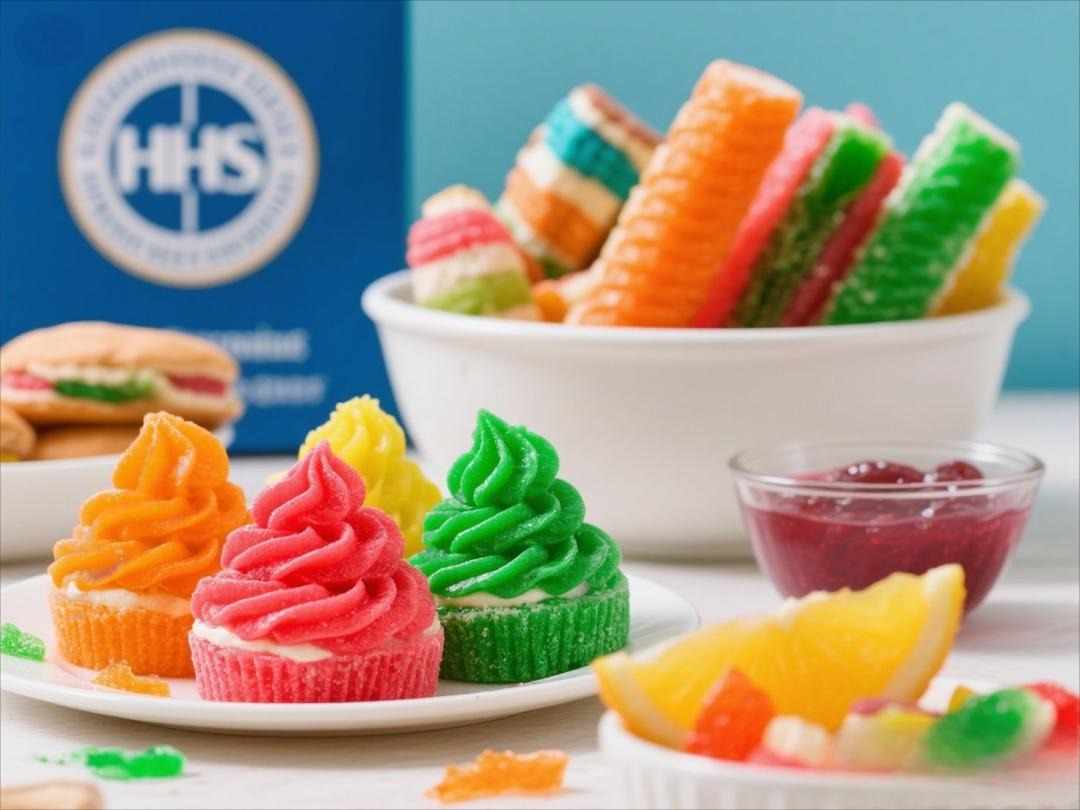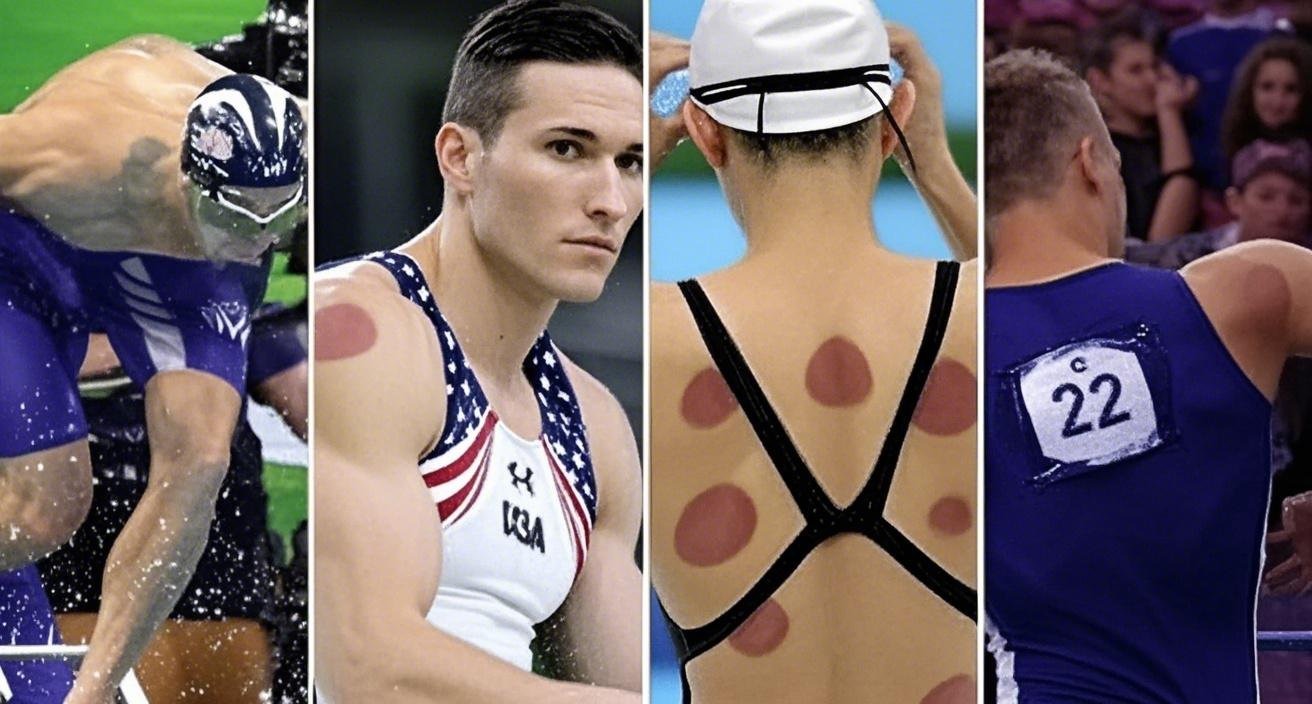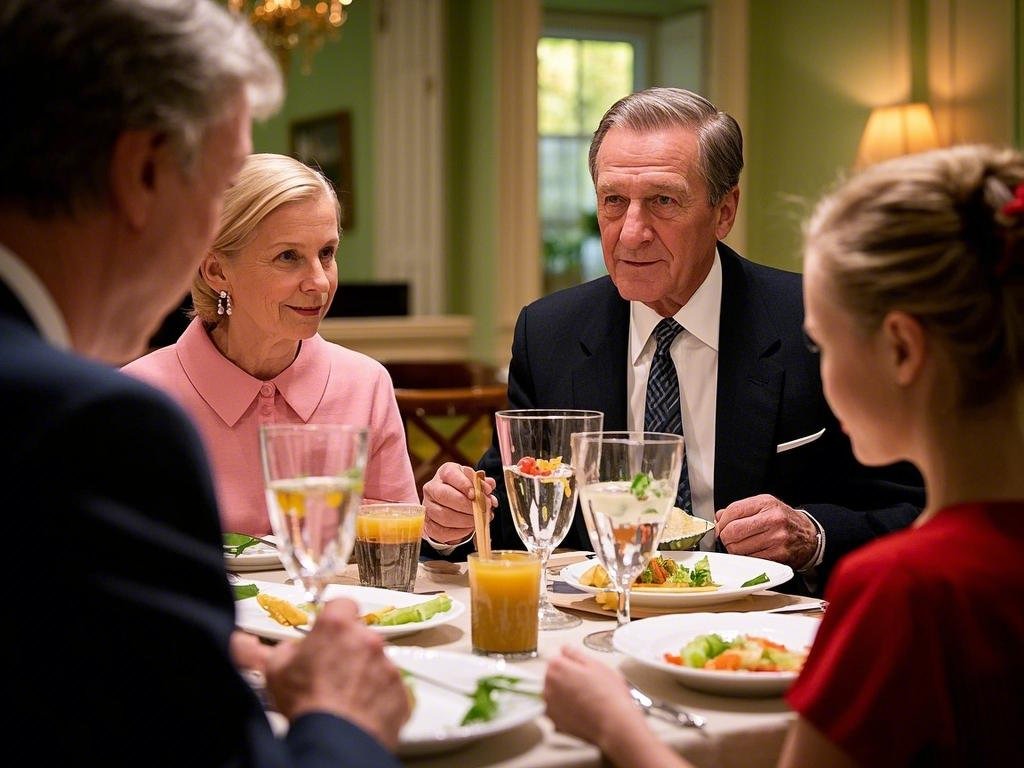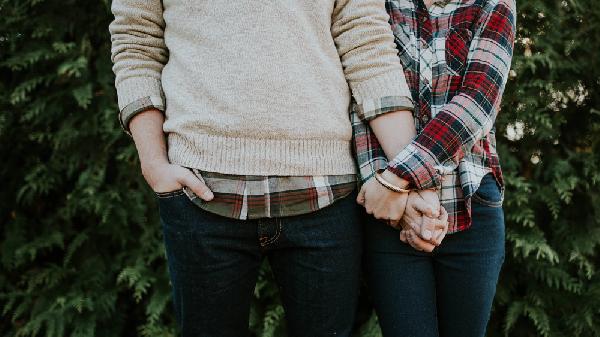The U.S. government is finally cracking down on artificial food dyes, and honestly, it's about time. These synthetic colorants—linked to hyperactivity in kids and potential long-term health risks—have been hiding in plain sight for decades, brightening up everything from fruit snacks to mac and cheese. Now, federal health officials are pulling the plug, giving food manufacturers two years to ditch petroleum-based dyes in favor of natural alternatives. This isn't just some bureaucratic shuffle—it's a full-on kitchen revolution that'll change how your grocery cart looks.

The Rainbow of Risks Behind Artificial Dyes
Let's break down why these lab-made colors are getting the boot. Studies have consistently tied artificial dyes like Red 40 and Yellow 5 to behavioral issues in children, including increased hyperactivity and attention problems. But that's just the tip of the iceberg. Some research suggests these synthetic additives might mess with gut health, trigger allergic reactions, and even contain contaminants linked to cancer. The FDA's decision follows the science—and the lead of countries like the UK and Norway, where these dyes either come with warning labels or are banned outright. Turns out, making food look like neon isn't worth the potential health fallout.
What’s Actually in These Chemical Cocktails?
Here's the kicker: many artificial dyes start life as petroleum byproducts. Yeah, the same stuff that fuels your car. Red 40, Yellow 5, and Blue 1 are synthesized from coal tar or crude oil—not exactly ingredients you'd sprinkle on your morning cereal. During manufacturing, they can pick up traces of heavy metals like lead and arsenic. While regulators insist the amounts are "safe," the cumulative effect of daily exposure—especially for kids who eat rainbow-colored snacks daily—has scientists and parents alike saying, "Hard pass."
The Great Food Makeover: How Companies Will Adapt
Food giants now face their biggest reformulation challenge since trans fats got axed. Some brands are already ahead of the curve—think vibrant popsicles colored with beet juice or yogurt tinted with turmeric. The FDA's Dr. Marty Makary isn't subtle about alternatives: "Try carrot juice" instead of petroleum-based dyes. But replacing synthetic colors isn't as simple as swapping in spinach powder. Natural pigments can fade under light, change color with pH shifts (blueberry muffin turning green, anyone?), and cost up to five times more. Expect some trial-and-error periods where your favorite snacks might look... different.
States Stepping Up: West Virginia Leads the Charge
While federal regulations phase in, states aren't waiting around. West Virginia's Governor Morrisey made headlines by bluntly stating his mission to "get the crap out of the food," signing one of America's first statewide dye bans. Expect more states to follow, creating a patchwork of regulations that'll pressure national brands to reformulate faster. This mirrors what happened with California's Prop 65 warnings—once one major market demands change, manufacturers often overhaul products nationwide to simplify production.
Your Pantry Audit: Where Dyes Hide
Time to play detective with your snacks. Beyond obvious suspects like candy and soda, synthetic dyes lurk in unexpected places: pickles (yes, some brands dye them unnaturally green), boxed mashed potatoes, salad dressings, and even some "healthy" granola bars. The good news? The FDA's phase-out means labels will soon list alternatives like annatto, spirulina, or vegetable juice concentrates. Until then, flip packages to spot terms like "artificial color," "FD&C" prefixes, or specific dye numbers (Red 40 Lake, anyone?).
The Flavor Paradox: Why We Fell for Fake Colors
Here's the mind-bender: studies show people perceive artificially colored foods as tasting better or sweeter—even when the flavor is identical to naturally hued versions. Food scientists call this "visual flavoring," and it's why gummy bears look like they glow in the dark. Breaking this psychological link won't be easy. Some brands might initially struggle with consumer acceptance when their products shift from electric orange to earthy peach tones. But just as shoppers adapted to less-salty soups and reduced-sugar cereals, palates (and expectations) will adjust.
Global Lessons: How Europe Handles Food Coloring
Across the pond, many U.S.-banned dyes have carried warning labels for years reading "may have an adverse effect on activity and attention in children." The EU also enforces stricter purity standards for permitted synthetic colors, requiring manufacturers to filter out more contaminants. Interestingly, some multinational companies already produce dual formulations—vibrant dyes for American markets, toned-down natural versions abroad. With the U.S. ban, we'll likely see these cleaner European recipes become the global standard.
DIY Dye Alternatives: Kitchen Experiments Ahead
As store-bought options transition, home bakers are getting creative with natural colorants. Pinterest is exploding with tutorials for black cocoa frosting (using activated charcoal), vibrant purple sweet potato frosting, and butterfly pea flower tea that changes color with acidity. Even fast-food chains are testing botanical blends—McDonald's once used saffron and radish for its UK strawberry shakes. Expect a boom in at-home coloring kits featuring freeze-dried fruit powders and vegetable concentrates.
This dye phase-out marks a seismic shift in how America eats—one that goes beyond just eliminating sketchy additives. It's about reevaluating why we prioritize neon-bright foods over natural alternatives, and how visual expectations shape our taste experiences. While the transition might bring some awkward-looking snacks during reformulation, the long-term payoff—a food supply less dependent on petroleum-derived colors—is worth the temporary aesthetic adjustment. Now if we could just get those "natural flavors" to start being actually natural...























